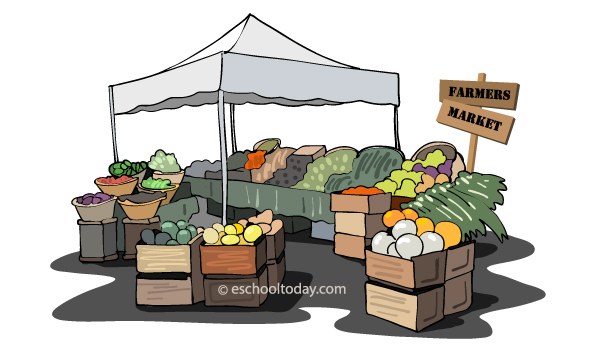- Food waste/loss
How to reduce food loss and food waste
All through the food supply chain, there are adjustments that we can do to reduce food waste considerably. Here are a few:
Government / Organisation Interventions
There is an adage that goes “You manage what you measure”. Governments or organizations must invest in a solid research exercise to see where the losses and waste are occurring in their countries to formulate policies to address them.
Infrastructural development
In fast-developing nations, infrastructure planning must be done with the best farming practices in mind. Roads, irrigation, storage facilities, and lands for industries must be nearby. This can help reduce the chances of loss during food processing and distribution.
Demand and supply
Farming companies must match demand with production and be updated with accurate information, research data, etc. so that excesses are reduced. Additionally, tax cuts can be offered to farms that donate excesses to charity and food banks, to encourage them to give excesses away rather than letting them go to waste. This may also apply to restaurants and hotels that cook a lot of food for guests.
Training
Farm employees must be continuously trained to ensure proper handling, storage, and distribution skills to help reduce losses at that level. Incentives and rewards must be given to staff who take extra care to reduce losses.
Farmers Markets

Farmers’ markets are also becoming popular. Here, a day of the week or month is set aside for farmers to bring fresh produce directly to consumers. The produce maybe those that did not quite pass for selection by bigger grocery shops, but still in great consumable conditions.
Education
At the retail level, there must be clear definitions and education on labels such as ‘Best Before,’ ‘Sell by,’ ‘Expiry Date’ and so on. These labels confuse consumers and many foods are thrown away as a result.
Retailers must be encouraged to avoid pricing bigger packs for less, or offer discounts and promotions for commodities that going bad, to stop pushing people to buy more than they need.
For example: Instead of buy-one-get-one-free promotions, the Co-operative (UK) Group has run half-off promotions, Tesco (UK) has buy-one-get-one-later, and Sainsbury’s (UK) is piloting a buy-one-give-one-free program. (1)
For households and consumers, a comprehensive public awareness campaign on waste, food quality, expiration, freezing, and storage will be a good idea.
Sources
1. Page 11 http://www.nrdc.org/food/files/wasted-food-IP.pdf
